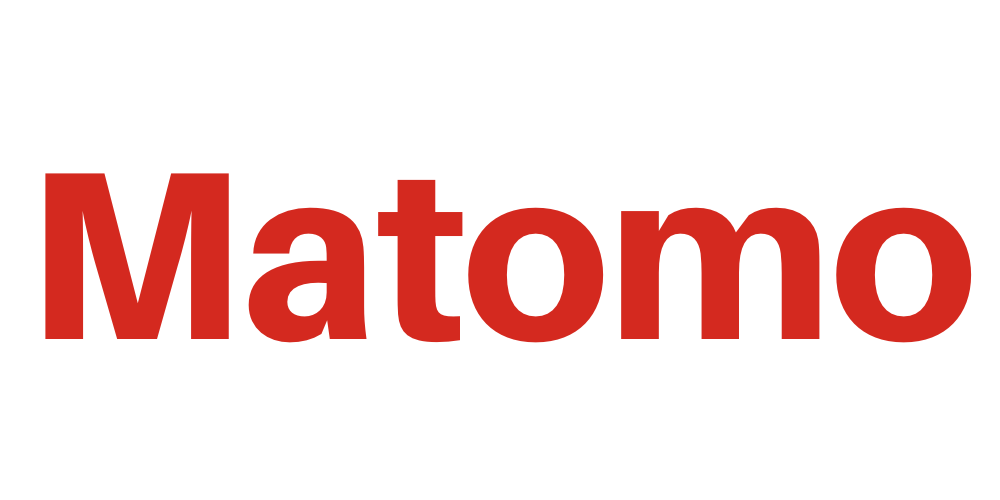| GENERAL INFORMATION |
| FOCUS AND SCOPE |
| ETHICS STATEMENT |
| COPYRIGHT NOTICE |
| OPEN ACCESS POLICY |
| EDITORIAL TEAM |
| PEER REVIEWER |
| PEER REVIEW PROCESS |
| PLAGIARISM POLICY |
| GEN AI POLICY |
| JOURNAL HISTORY |
| CONTACT |
| AUTHOR INFORMATION |
| AUTHOR GUIDELINES |
| ARTICLE PROCESSING CHARGE |
| COPYRIGHT TRANSFER FORM |
| JOURNAL TEMPLATE |
| BROWSE BY |
| BROWSE BY AUTHOR |
| BROWSE BY ISSUES |
| IN ASSOCIATION WITH |
| INDEXED BY |
| VISITOR STATISTIC |
| TOOLS |















